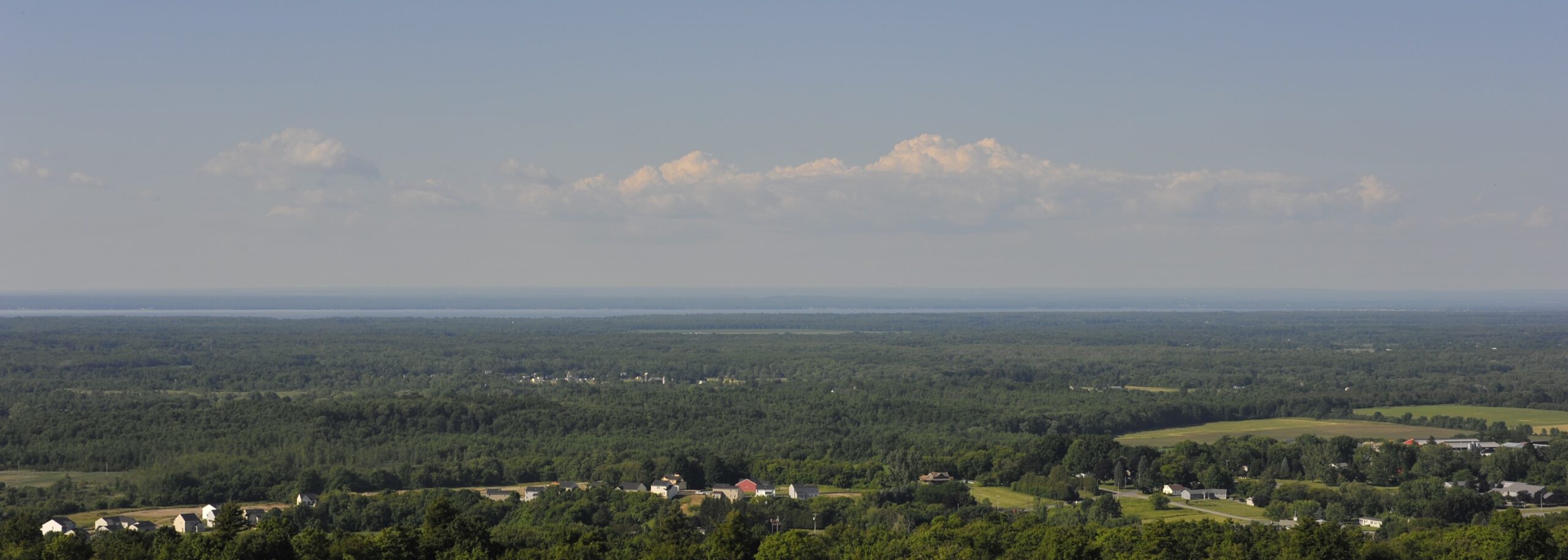
Exclusionary zoning regulations contribute to Onondaga County’s housing crisis by restricting the number and variety of homes available in our community. Too many people are stuck in housing they can’t afford and that does not meet their needs because the 34 different municipal zoning codes that govern the construction of housing in Onondaga County make it difficult to build any kind of housing except for detached single-unit houses on large lots. We need zoning reform to allow the construction of more diverse and more affordable types of housing in neighborhoods across the community.
The City of Syracuse adopted Onondaga County’s first municipal zoning law in 1922 in response to discriminatory fears about the “infiltration” of Black and Immigrant families into middle and upper class neighborhoods. That law banned multifamily housing from new neighborhoods in an effort to entrench the City’s existing residential segregation, and it worked. Even 100 years later, city neighborhoods built after the 1922 zoning ordinance was passed tend to be whiter and wealthier than more diverse pre-zoning neighborhoods. (you can read more about this history in CNY Fair Housing’s report, Zoning and Segregation in Syracuse, NY)
Since 1922, every village and town in Onondaga County (except the Town of Otisco) has followed in Syracuse’s footsteps by adopting its own unique zoning code. Taken together, these 34 municipal laws regulate what can be built on 95% of all land in the county, and they severely restrict the amount and diversity of housing that can be built in the vast majority of neighborhoods in our community. On almost three quarters of all land zoned for residential use, the only type of housing allowed is a single-unit, detached house. Even where other types of housing—such as apartments, townhouses, and duplexes—are technically allowed, they are subject to discretionary reviews that push up costs by adding delays and uncertainty to the homebuilding process. Zoning allows the construction of a new apartment building without all of this added red tape on just 3% of residential land in the county and just 1% of residential land outside of Syracuse. (you can read more about these statistics and see maps of every zoning ordinance in the County in CNY Fair Housing’s report, Exclusionary Zoning in Onondaga County).
These restrictions push up housing costs and perpetuate segregation in two ways. First, they make it so difficult and expensive to build new housing that not enough gets built. Over the last several years, both rent and sale prices for housing have skyrocketed in Onondaga County as a growing number of households has competed for too few homes. Vacancy rates, availability, and the number of days homes and apartments stay on the market have all dropped as prices have soared. Housing prices are going up because there simply are not enough homes, and zoning stands in the way of building more of the housing we need.
Second, exclusionary zoning does not allow enough housing diversity. In too many neighborhoods it is impossible to build much of anything besides detached single unit houses on large lots, and that kind of housing just doesn’t work for everybody. Family sizes are getting smaller, the county’s population is aging, young people are putting off home purchases later, and big expensive houses with lots of bedrooms and stairs aren’t really a one-size-fits-all solution for our increasingly diverse community. More neighborhoods need more housing diversity—including apartments, townhouses, small starter homes, duplexes, and Accessory Dwelling Units (ADUs)—in order to meet our community’s evolving housing needs.
Some Onondaga County municipalities are pointing the way towards effective zoning reform. The City of Syracuse passed a complete overhaul of its zoning code last year that allowed townhouses and ADUs in areas that had previously been restricted to single-unit development. The City’s new zoning ordinance also requires larger apartment complexes to set aside some units for households that earn below the Area Median Income. In July, the Town of Salina created a special zoning district to allow the Northern Lights Plaza to be redeveloped as a mixed-use district including apartment homes. In August, the Town of Manlius legalized ADUs to allow existing homeowners to help create more housing in the town.
Zoning laws shape growth, and Onondaga County is poised to start growing for the first time in decades. If we want to grow into a more equitable, sustainable, and diverse community, we will need to reform our zoning laws to make that possible.

Recent Comments